Home>Furniture & Design>Interior Design Trends>How Big Is A Pint Glass
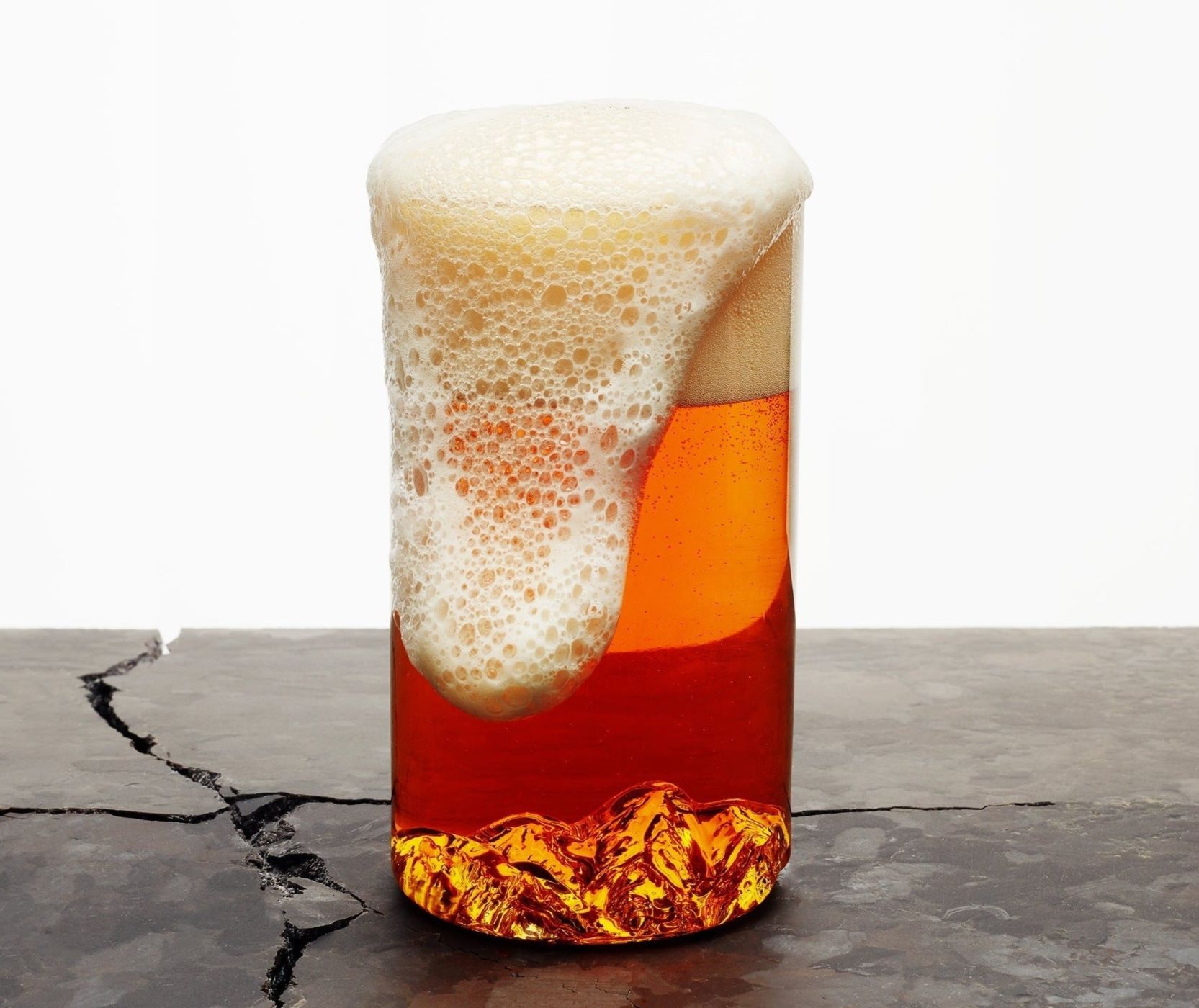

Interior Design Trends
How Big Is A Pint Glass
Modified: February 18, 2024
Discover the latest interior design trends for pint glass sizes. Learn how to incorporate pint glasses into your home decor with style and functionality. Explore creative ideas for using pint glasses in interior design.
(Many of the links in this article redirect to a specific reviewed product. Your purchase of these products through affiliate links helps to generate commission for Storables.com, at no extra cost. Learn more)
The Standard Size of a Pint Glass
Pint glasses are a staple in bars, pubs, and households around the world, known for their versatile use in serving a wide range of beverages. The standard size of a pint glass is crucial to understanding its capacity and the amount of liquid it can hold. In the United States, a pint glass typically contains 16 fluid ounces, while in the United Kingdom, it holds 20 fluid ounces. This difference in volume is a result of the distinct measuring systems used in each country, with the US utilizing the customary system and the UK employing the imperial system.
The 16-ounce American pint glass is commonly referred to as a "shaker pint" due to its wide mouth and straight sides, making it a popular choice for serving draft beer. On the other hand, the 20-ounce British pint glass, also known as an "imperial pint," features a more curved shape, often with a bulge in the middle, and is favored for serving ales and stouts.
Understanding the standard size of a pint glass is essential for both consumers and establishments. It ensures that patrons receive the expected quantity of their chosen beverage, while also aiding bartenders and servers in accurately measuring and pouring drinks. Additionally, this knowledge allows individuals to make informed decisions when purchasing pint glasses for personal use, ensuring that they align with their preferred serving sizes.
In recent years, there has been a growing trend in the craft beer industry towards utilizing non-standard pint glass sizes to enhance the drinking experience. This includes smaller "schooner" glasses for stronger ales and larger "imperial pints" for showcasing specialty brews. These variations cater to the diverse preferences of beer enthusiasts and contribute to the evolving landscape of pint glass sizes.
Understanding the standard size of a pint glass provides insight into its practical applications and the cultural nuances associated with different serving volumes. Whether enjoying a refreshing beer at a local pub or savoring a homemade cocktail, the size of the pint glass plays a significant role in shaping the overall drinking experience.
Key Takeaways:
- Pint glasses in the US hold 16 fluid ounces, while in the UK, they hold 20 fluid ounces due to different measuring systems. Understanding pint glass sizes ensures you get the right amount of your favorite beverage.
- Different pint glass styles, like the shaker pint and tulip pint, enhance the drinking experience for various beverages. Choosing the right pint glass complements the aroma and flavor of your drink.
Read more: What Is A Pint Glass
Different Types of Pint Glasses
Pint glasses come in various styles, each designed to enhance the drinking experience and complement specific types of beverages. Understanding the different types of pint glasses allows individuals to appreciate the nuances of serving vessels and select the most suitable option for enjoying their favorite drinks. Here are some of the most prevalent types of pint glasses:
1. Shaker Pint Glass
The shaker pint glass, also known as an American pint glass, is characterized by its straight, cylindrical shape and wide mouth. This design makes it ideal for efficiently shaking cocktails and evenly mixing ingredients. However, its straight sides and lack of curvature can lead to a rapid loss of carbonation in carbonated beverages, such as beer, making it less favorable for maintaining the drink's effervescence.
2. Nonic Pint Glass
The nonic pint glass features a slight bulge near the top, which serves both functional and aesthetic purposes. The bulge provides a more secure grip, reducing the likelihood of the glass slipping from one's hand. Additionally, the bulge helps prevent glasses from sticking together when stacked, making it a practical choice for busy bars and restaurants. This style is commonly used for serving ales and lagers, allowing drinkers to fully appreciate the aroma and flavor profile of the beer.
3. Tulip Pint Glass
Tulip pint glasses are characterized by their flared body and inward-curving lip, resembling the shape of a tulip flower. This design is favored for capturing and concentrating the aromas of aromatic beers, such as IPAs and Belgian ales. The inward-curving lip directs the aromas towards the drinker's nose, enhancing the sensory experience and allowing for a more pronounced appreciation of the beer's complex bouquet.
Read more: How Tall Is A Pint Glass
4. Pilsner Glass
Pilsner glasses are tall and slender, showcasing the effervescence and clarity of pilsner-style beers. The elongated shape helps maintain the beer's carbonation while accentuating its visual appeal. The narrow design also facilitates easy handling and encourages drinkers to savor the beer slowly, appreciating its crispness and refreshing qualities.
5. Weizen Glass
Weizen glasses are specifically designed for wheat beers, featuring a tall, slender profile with a pronounced flare at the top. This shape accommodates the voluminous foam characteristic of wheat beers, allowing ample room for the thick, creamy head to develop. The elongated design also showcases the beer's hazy, golden appearance, adding to the visual allure of the drinking experience.
Understanding the distinctions between these pint glass styles empowers individuals to make informed choices when serving and enjoying various beverages. Whether savoring a hoppy IPA, a robust stout, or a refreshing pilsner, selecting the appropriate pint glass enhances the sensory aspects of the drinking experience, elevating the enjoyment of each sip.
The History of Pint Glasses
The history of pint glasses is a fascinating journey that intertwines with the evolution of drinking culture and the development of glassware. Pint glasses, as we know them today, have roots that stretch back centuries, reflecting the rich tapestry of social, economic, and technological influences that have shaped their design and significance.
The origins of pint glasses can be traced to the emergence of standardized measurements for alcoholic beverages in medieval Europe. In the 17th century, the British government enacted laws to regulate the sale and serving of beer, leading to the establishment of the imperial pint as a standard unit of measurement. This pivotal moment laid the foundation for the widespread use of pint glasses in British pubs and taverns, setting a precedent that would endure for centuries to come.
The early pint glasses were crafted from durable materials such as pewter, wood, and earthenware, reflecting the available resources and craftsmanship of the time. However, the advent of glassblowing techniques in the 17th century revolutionized the production of drinking vessels, paving the way for the mass production of glass pint glasses. This pivotal advancement democratized access to pint glasses, making them more accessible to a broader segment of society.
As industrialization swept across Europe and North America, the production of pint glasses became increasingly streamlined, leading to the proliferation of glassware in bars, breweries, and households. The introduction of mechanized glassmaking processes further accelerated the availability and affordability of pint glasses, cementing their status as ubiquitous fixtures in social drinking settings.
The evolution of pint glasses also reflects the shifting trends in beverage consumption and preferences. From the rise of alehouses and public houses in the 18th century to the modern craft beer renaissance, pint glasses have remained emblematic of communal drinking traditions and conviviality. Their enduring presence in social gatherings, sporting events, and cultural celebrations underscores their enduring appeal and cultural significance.
In contemporary times, pint glasses continue to evolve, with innovative designs and materials catering to diverse consumer preferences and sustainability initiatives. From traditional pub-style pint glasses to artisanal, handcrafted variations, the history of pint glasses continues to unfold, reflecting the dynamic interplay of tradition, innovation, and cultural resonance.
The history of pint glasses is a testament to the enduring legacy of drinking vessels and their intrinsic connection to human socialization, conviviality, and the art of raising a glass in celebration of shared experiences.
Common Uses for Pint Glasses
Pint glasses are versatile vessels that extend far beyond their association with beer. Their wide-ranging utility makes them indispensable in various settings, from casual social gatherings to professional bar environments. Understanding the common uses for pint glasses sheds light on their adaptability and enduring appeal.
Read more: How Many Ounces Is A Pint Glass
1. Beer Service
Pint glasses are synonymous with beer consumption, serving as the quintessential vessel for enjoying a wide array of beer styles. From hoppy IPAs to robust stouts and crisp lagers, pint glasses are designed to showcase the visual appeal and aromatic profiles of different beers. Their ample capacity allows for generous pours, while the wide mouth facilitates easy sipping, making them ideal for savoring the complexities of craft brews.
2. Cocktail Mixing
Pint glasses play a crucial role in cocktail preparation, particularly for drinks that require vigorous mixing or muddling. Their spacious interior provides ample room for combining ingredients, ice, and spirits, allowing bartenders and enthusiasts to craft well-balanced cocktails with ease. The straight sides of pint glasses facilitate efficient stirring and shaking, ensuring that ingredients are thoroughly blended to perfection.
3. Beverage Presentation
Beyond alcoholic beverages, pint glasses are utilized for presenting a diverse range of non-alcoholic drinks, including iced tea, lemonade, and soda. Their simple yet elegant design makes them suitable for showcasing colorful and refreshing beverages, adding a touch of sophistication to casual dining experiences and outdoor gatherings. The transparency of glass pint glasses also allows the vibrant hues of beverages to shine through, enhancing their visual allure.
4. Dessert and Parfait Service
Pint glasses serve as charming vessels for serving layered desserts, parfaits, and sweet treats. Their tall, cylindrical shape provides an ideal canvas for creating visually appealing dessert presentations, allowing layers of creamy fillings, fruits, and toppings to be showcased in a delightful manner. The transparency of the glass adds an element of elegance to dessert service, elevating the overall dining experience.
Read more: How Big Is A Glass Of Wine
5. Home Decor and Crafts
In addition to their culinary and beverage-related uses, pint glasses find creative applications in home decor and do-it-yourself projects. They can be repurposed as stylish candle holders, floral vases, and organizers for art supplies or kitchen utensils. Their durable construction and classic silhouette make them a versatile and cost-effective option for DIY enthusiasts seeking to infuse a touch of charm into their living spaces.
Understanding the diverse uses of pint glasses underscores their adaptability and enduring relevance in both culinary and creative domains. Whether employed for serving beverages, crafting cocktails, or enhancing home decor, pint glasses continue to captivate with their timeless appeal and multifaceted functionality.
How to Properly Pour a Pint
Pouring a pint of beer is an art form that requires precision, finesse, and an understanding of the beverage's characteristics. Whether serving draft beer at a bustling bar or enjoying a cold brew at home, mastering the technique of pouring a pint is essential for preserving the beer's flavor, aroma, and visual appeal. Here's a step-by-step guide to properly pouring a pint:
-
Select the Right Glass: Begin by choosing an appropriate pint glass that complements the style of beer being served. Different beer styles may benefit from specific pint glass shapes, such as tulip glasses for aromatic ales or pilsner glasses for showcasing the clarity of lagers.
-
Clean and Prepare the Glass: Ensure that the pint glass is clean and free from any residual soap or debris. A pristine glass promotes proper carbonation and prevents off-flavors. Hold the glass at a 45-degree angle under the beer tap or bottle.
-
Initiate the Pour: Gently open the tap or bottle and position the glass at a 45-degree angle to allow the beer to flow smoothly down the side of the glass. This angle minimizes excessive foam formation and promotes an even pour.
-
Gradually Straighten the Glass: As the beer fills the glass, gradually straighten it to an upright position. This technique helps control the formation of the beer's head, allowing it to develop to an optimal thickness.
-
Leave Space for the Head: Aim to leave approximately half an inch of space between the top of the beer and the rim of the glass. This space accommodates the beer's head, allowing it to release its aromatic compounds and contribute to the overall sensory experience.
-
Present the Pint: Once the pint is poured, present it to the recipient with the label or logo facing forward, adding a touch of elegance to the serving ritual.
By following these steps, individuals can ensure that each pint of beer is presented in its best form, allowing drinkers to fully appreciate the beer's visual appeal, aroma, and flavor profile. Properly poured pints contribute to a heightened drinking experience, showcasing the care and attention to detail that goes into serving and enjoying quality beverages.
Frequently Asked Questions about How Big Is A Pint Glass
Was this page helpful?
At Storables.com, we guarantee accurate and reliable information. Our content, validated by Expert Board Contributors, is crafted following stringent Editorial Policies. We're committed to providing you with well-researched, expert-backed insights for all your informational needs.
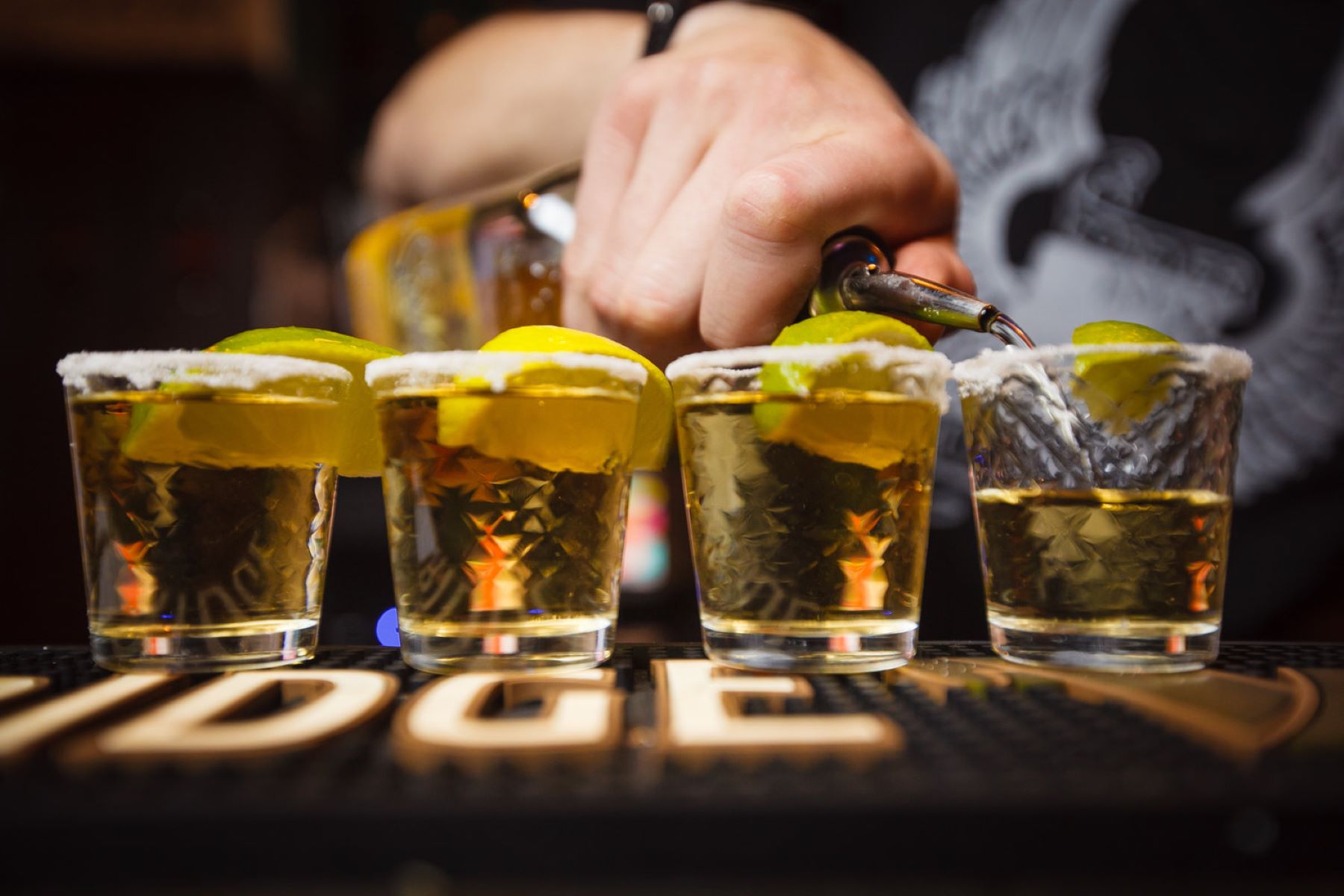
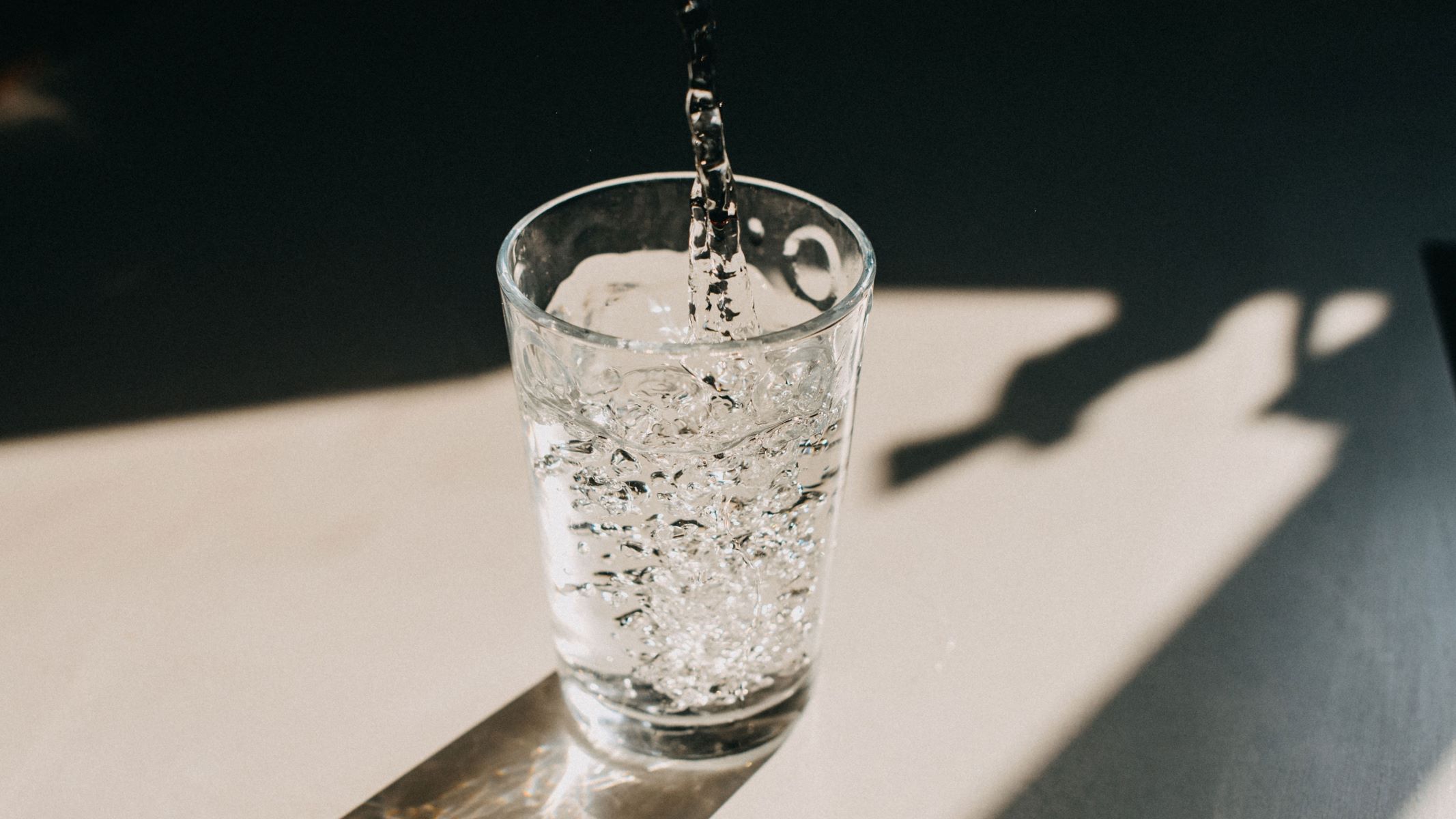
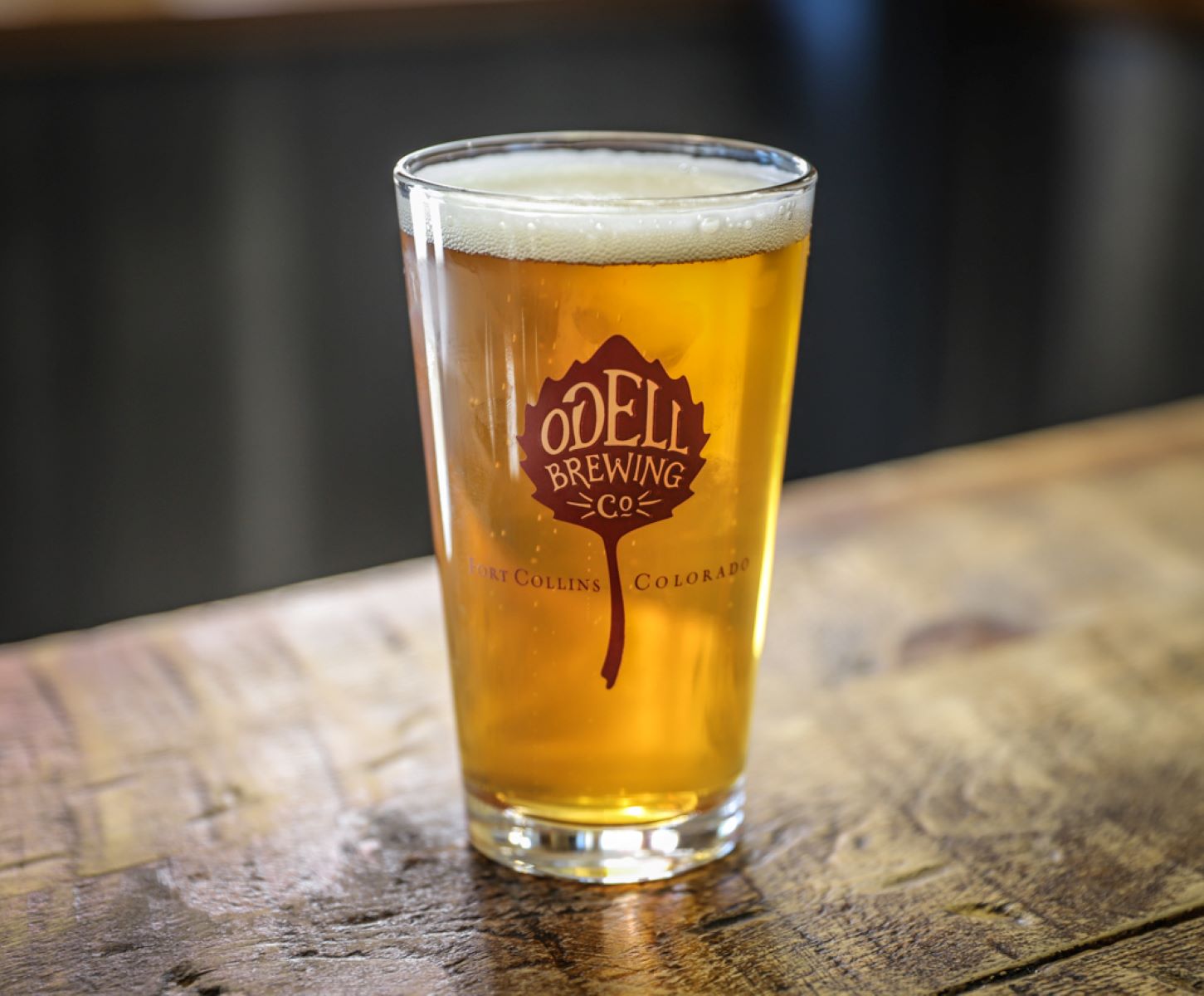

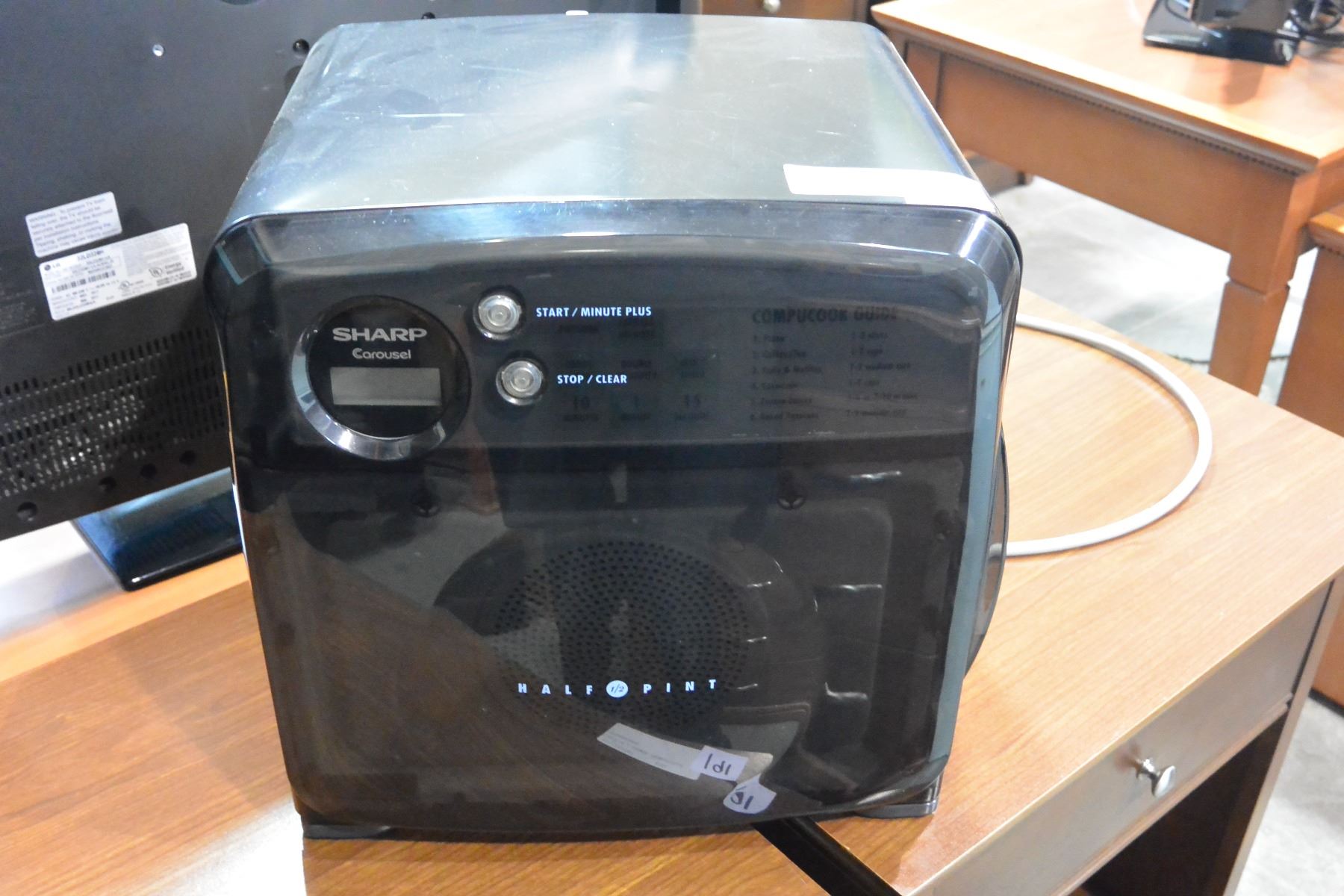
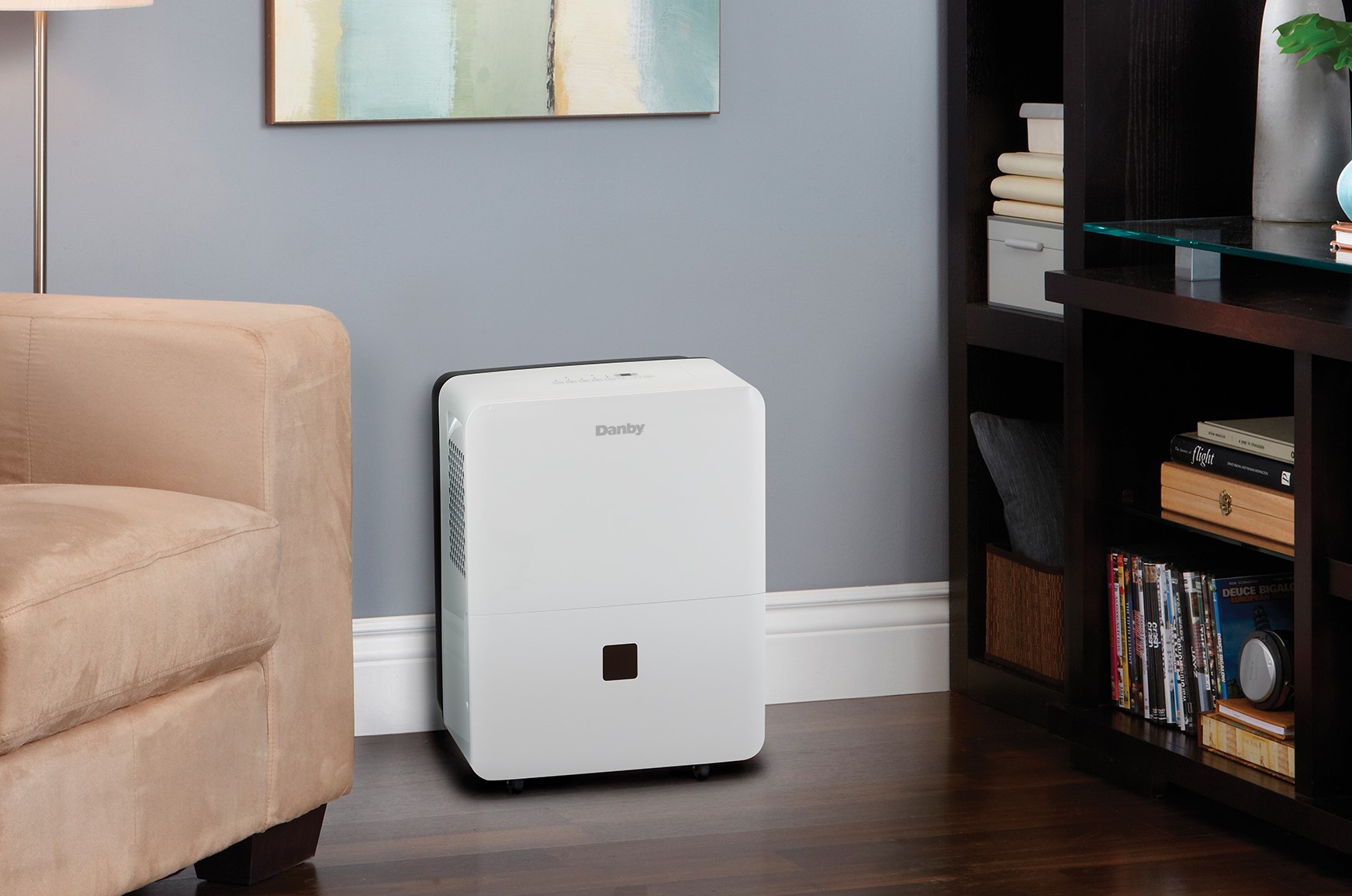

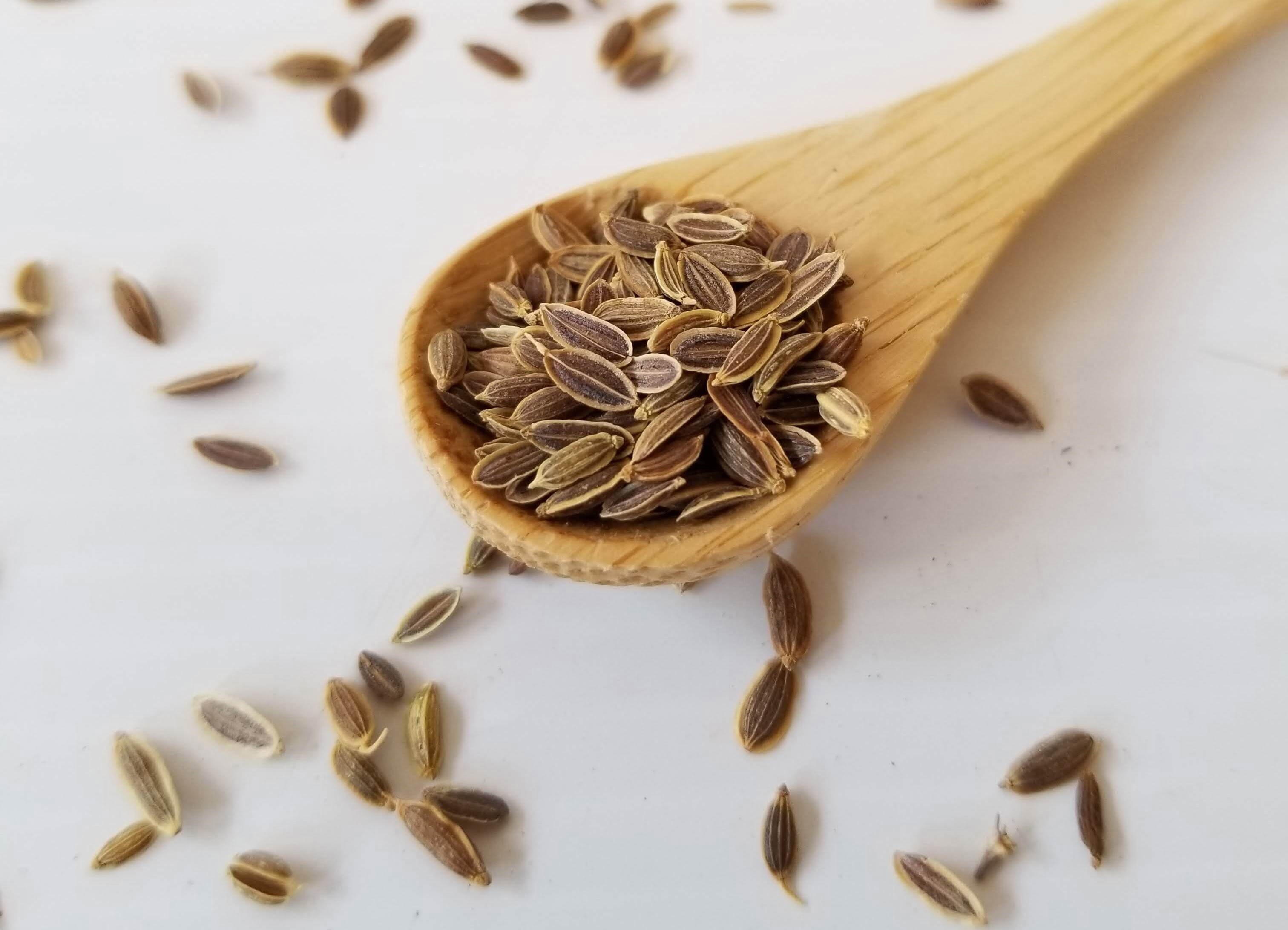
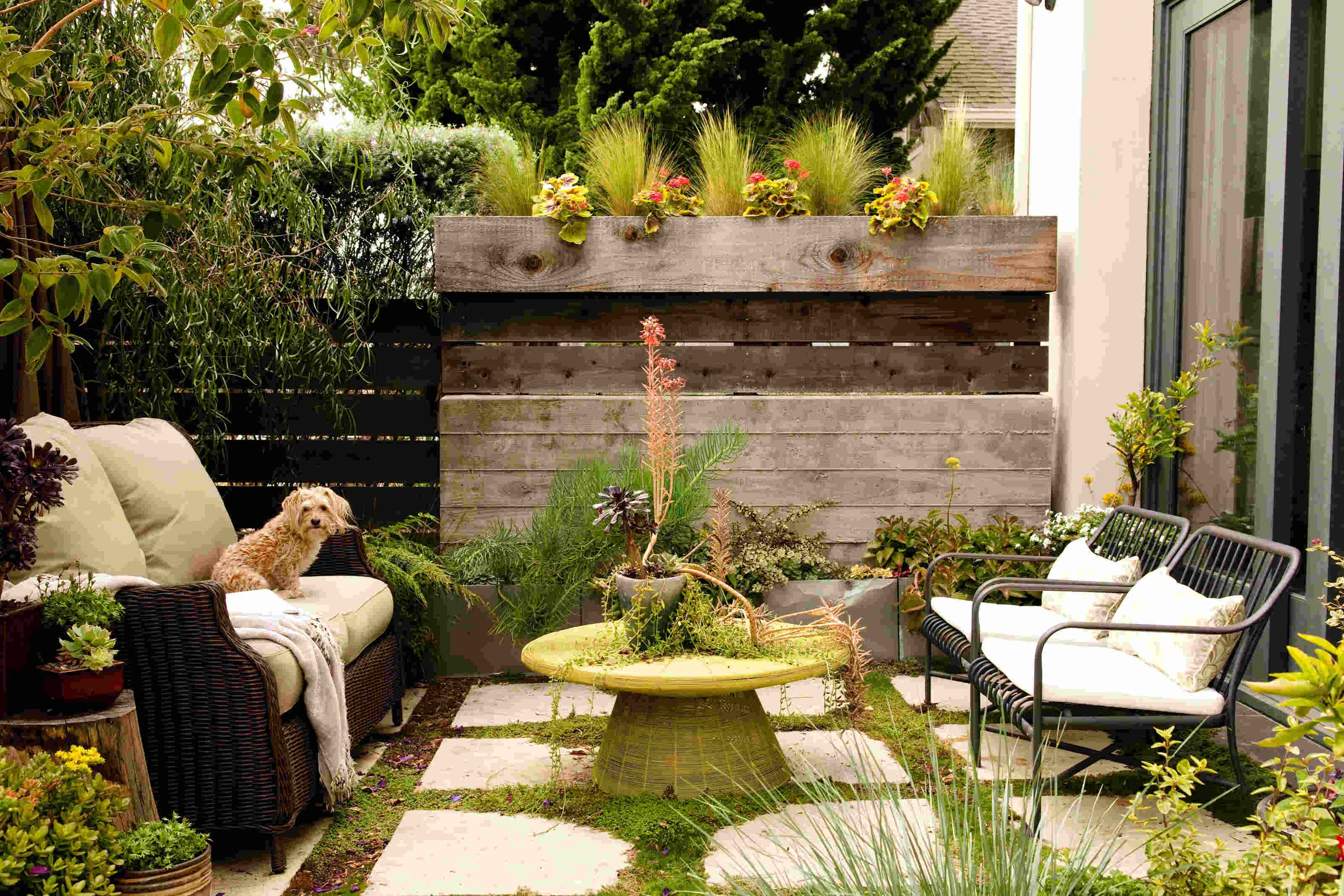

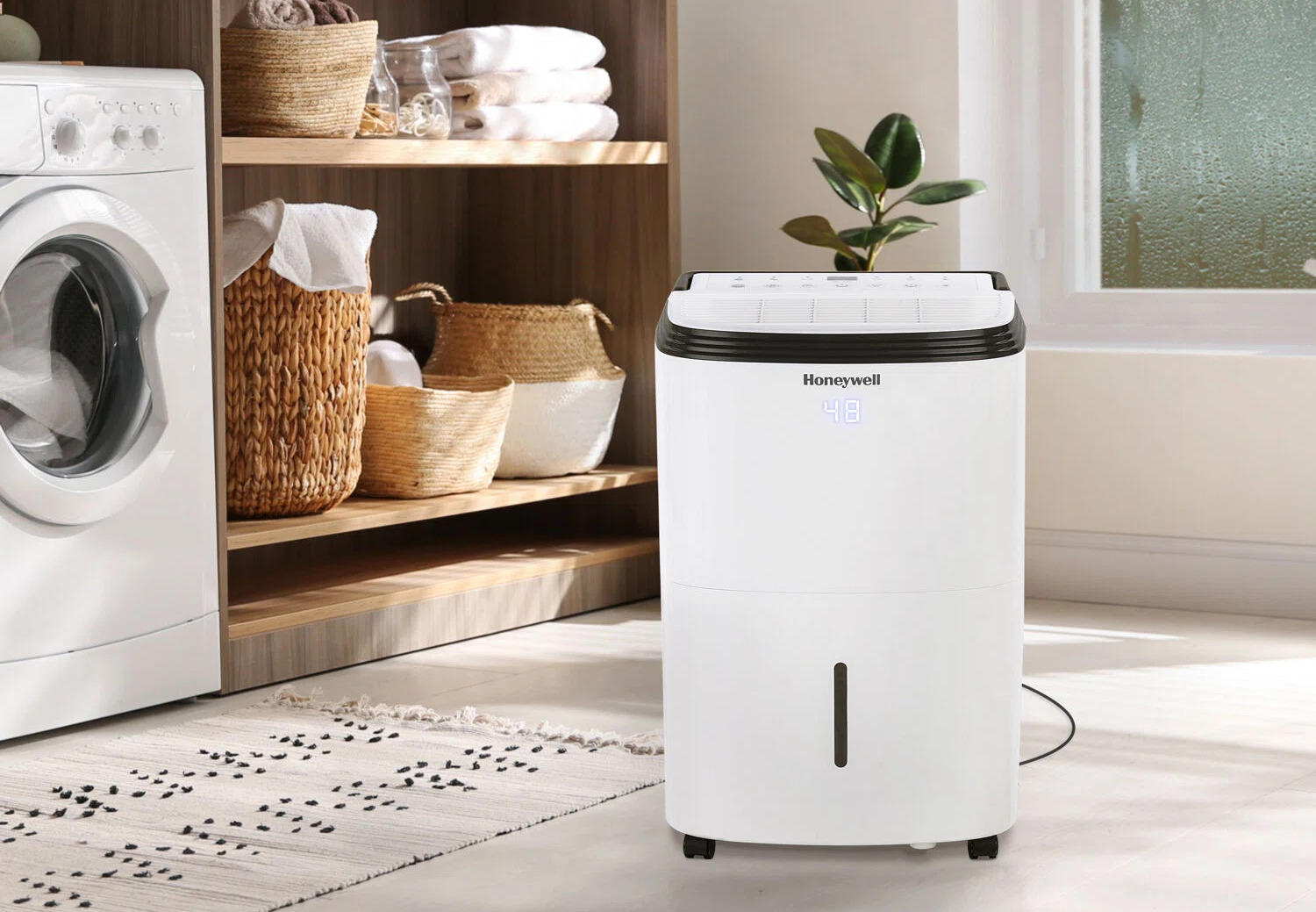
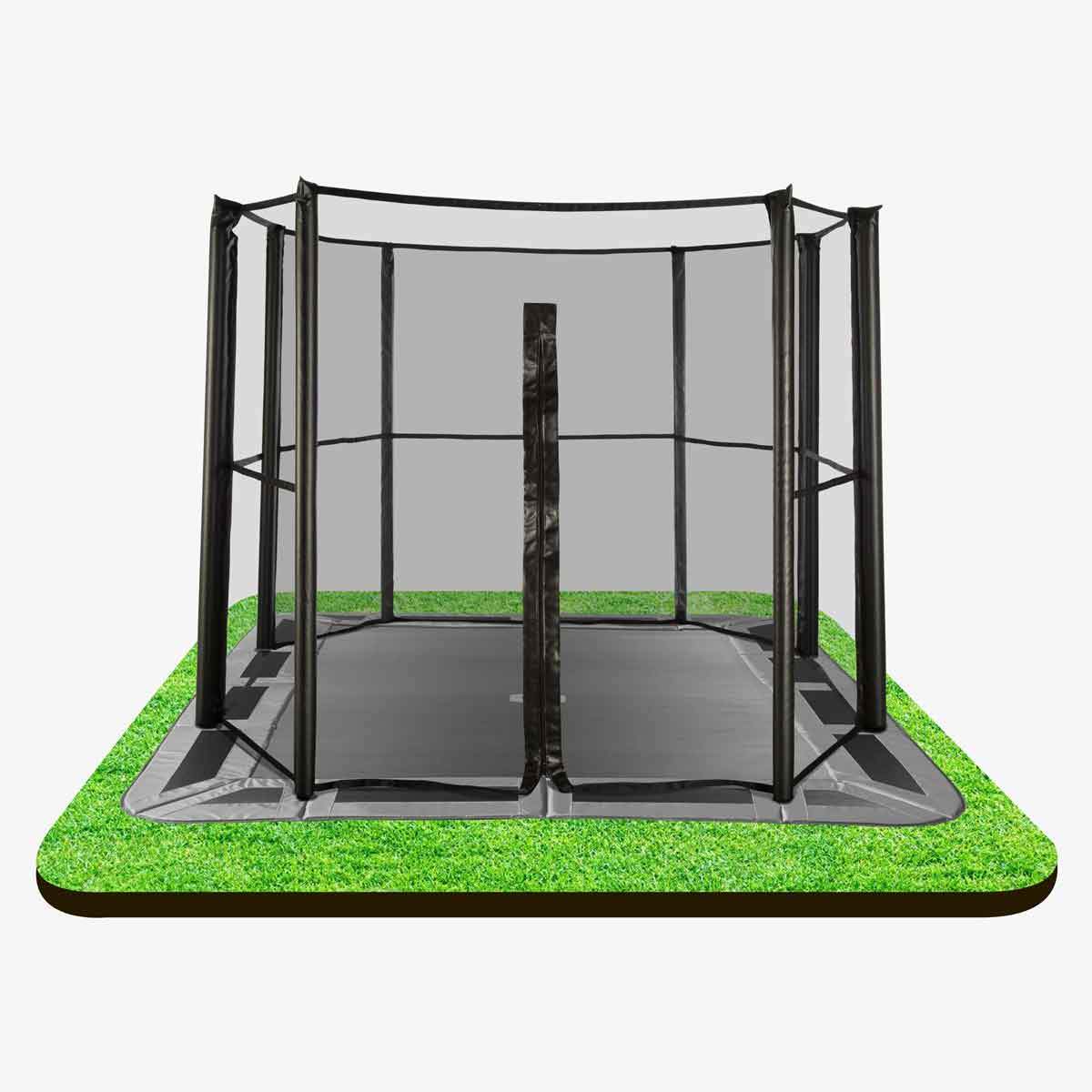

0 thoughts on “How Big Is A Pint Glass”